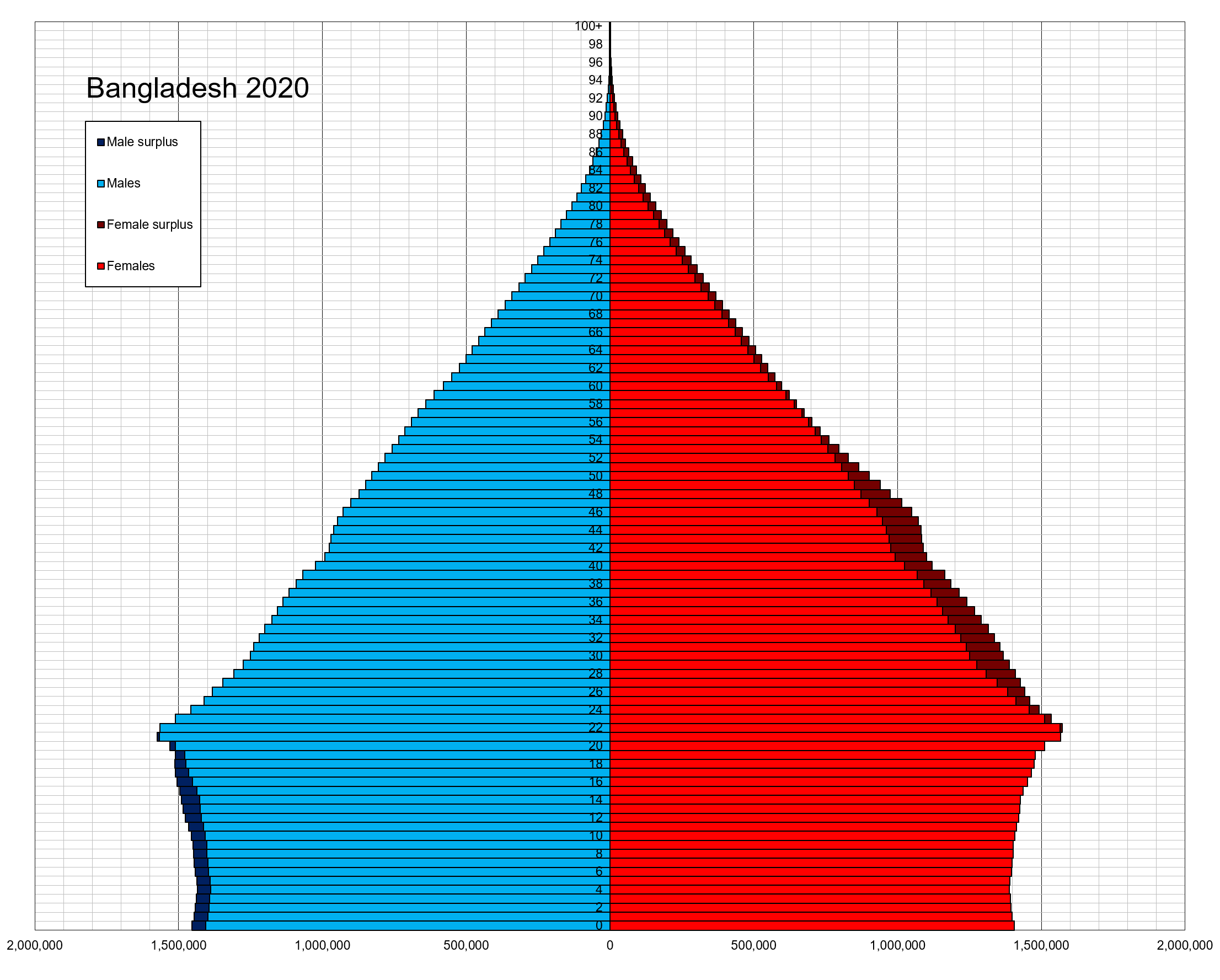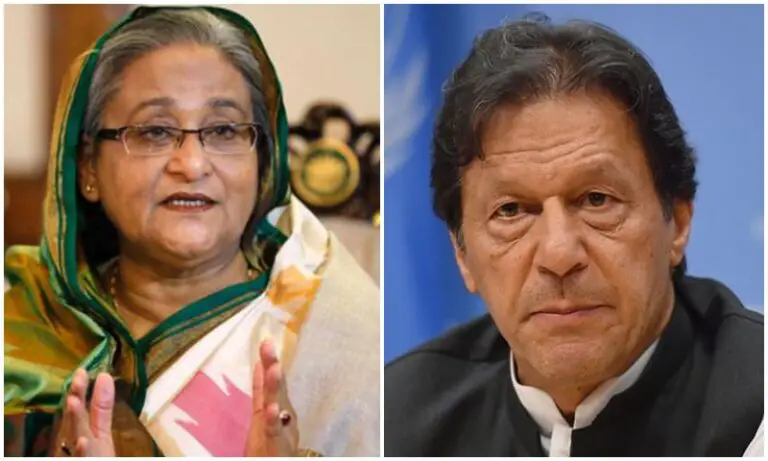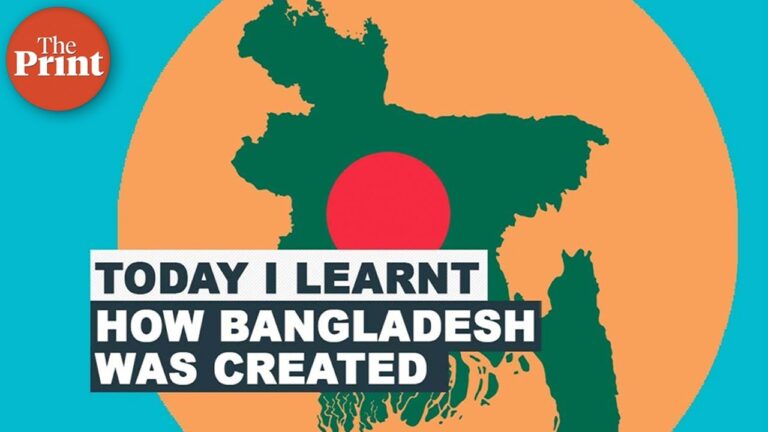How Many People Live in Bangladesh
According to the World Bank, as of 2015, the population of Bangladesh was 168 million.
There are an estimated 160 million people living in Bangladesh. That is a lot of people! The population density is very high, with over 1,000 people per square kilometer.
Most of the population lives in rural areas, but the capital city of Dhaka is home to more than 10 million people.
The population of Bangladesh has been growing rapidly in recent years. It is now the 8th most populous country in the world.
The government has been working to improve access to education and health care, and these efforts are starting to pay off. The life expectancy has increased from just over 50 years in 1990 to almost 72 years today.
Despite these improvements, Bangladesh still faces many challenges.
Nearly half of the population lives below the poverty line, and there is a great deal of inequality between men and women. Climate change is also a major threat, as rising sea levels could inundate much of the country within a few decades.
Still, Bangladeshis are a resilient people, and they have made great strides in recent years.
What is the Population of Bangladesh 2022?
In 2022, the population of Bangladesh is projected to be 164 million, an increase of 14 million from 2018. This growth is due to a variety of factors, including a high birth rate, declining death rate, and improving life expectancy. The majority of the population is under the age of 30, making Bangladesh one of the world’s youngest countries.
The median age is just 24 years old.
The population density in Bangladesh is very high, at 1,106 people per square kilometer. This makes it the 8th most densely populated country in the world.
The capital city of Dhaka is by far the largest city in Bangladesh, with a population of over 18 million people. Other major cities include Chittagong (4 million), Khulna (3 million), and Rajshahi (2 million).
Is Bangladesh a Poor Country?
Yes, Bangladesh is a poor country. It is one of the least developed countries in the world, with a per capita income of only $1,190. Nearly half of the population lives below the poverty line, and almost two-thirds are illiterate.
The majority of the population relies on subsistence agriculture for their livelihoods. Infrastructure is poor, and health and education levels are low.
Is Bangladesh Overpopulated?
Bangladesh is one of the most densely populated countries in the world, with a population of over 160 million people crammed into an area of just 143,998 square kilometers. That works out to a staggering average population density of 1,106 people per square kilometer. To put that in perspective, the population density of Bangladesh is more than double that of India (471 people per square kilometer) and about 10 times that of the United States (91 people per square kilometer).
So, is Bangladesh overpopulated? It’s a complicated question to answer. On the one hand, the country does have limited resources and it’s clearly struggling to provide for its large population.
On the other hand, many experts believe that Bangladesh’s high population density is actually helping to drive economic growth and development.
There’s no doubt that Bangladesh faces some serious challenges when it comes to overpopulation. The country has very little arable land and is constantly battered by floods and cyclones.
In addition, poverty levels are still relatively high, with nearly 32% of the population living below the national poverty line.
However, there are also some positive aspects to Bangladesh’s high population density. For example, because there are so many people living in such a small area, businesses can benefit from economies of scale and agglomeration effects.
Additionally, a large workforce can be a major source of competitive advantage for businesses operating in Bangladesh.
So while overpopulation poses some challenges for Bangladesh, it also presents opportunities for economic growth and development. It will be interesting to see how the country deals with these issues in the years ahead.
Why Bangladesh Population is So High?
The population of Bangladesh is estimated to be 158 million, making it the 8th most populous country in the world. The high population density of 1,107 people per square kilometer is due to the fertile delta plain that makes up much of the country. About two-thirds of Bangladeshis live in rural areas, although the urban population is growing rapidly.
There are several reasons for Bangladesh’s high population growth rate. One is its young age structure: about half of the population is under age 25. Another reason is a lack of family planning; only about one-third of married women use modern contraception methods.
In addition, poverty and poor health care lead to high rates of infant and child mortality, which contribute to higher fertility rates as couples attempt to compensate for these losses. Finally, cultural factors such as early marriage and son preference also play a role in fueling population growth.
Bangladesh rally attracts tens of thousands to demand new elections – BBC News
Bangladesh Population in 2022
The Bangladesh Population in 2022 is projected to be 164,369,000. This is an increase of 2.4% from the current population of 160,383,000. The majority of the population is under the age of 30 and the median age is 26 years old.
The life expectancy is 72 years for males and 75 years for females. The fertility rate is 2.2 children per woman. The urban population is expected to grow at a faster rate than the rural population over the next decade.
The Bangladesh Population in 2022 is projected to be 164,369,000. This would put Bangladesh as the world’s 8th most populous country, up from 9th in 2020 (and 11th in 2010). The vast majority of the population – almost 90% – are Muslim while nearly 10% practice Hinduism (down from 13% in 2010) and 1% Buddhism (up from 0.5% in 2010).
Christians make up a very small minority at 0.3%.
The average Bangladeshi woman gives birth to 2.2 children during her lifetime which is just below the replacement level fertility rate of 2.3 needed to keep a populations size stable in developed countries like Bangladesh (a “developed” country has a HDI score greater than 0.7). The total fertility rate (TFR) measures how many babies a women would have if she lived to exactly age 80 and experienced current patterns of age-specific fertility rates throughout her childbearing years 15-49 .
As you can see from this graph , Bangladesh’s TFR has been on a slight decline since it peaked at about 6 children per woman in 1970 .
Bangladesh’s population growth rate was 1.34% per year on average between 2010 and 2020 resulting in an increase of about 20 million people during that 10 year period . If Bangladesh continued to grow at this same rate then its population would double every 52 years .
However , it’s unlikely that Bangladesh will continue growing at this rapid pace because as countries develop economically they usually experience what economists call “the demographic transition ” where both death rates and birth rates fall leading to slower rates of population growth or even negative growth .
Bangladesh Population Growth Rate
According to the World Bank, Bangladesh’s population growth rate was 1.47% in 2019. This is down from 1.49% in 2018 and 1.51% in 2017. The current population of Bangladesh is 164 million, making it the 8th most populous country in the world.
The majority of the population is under 30 years old, with a median age of 24.4 years old.
Bangladesh has a high fertility rate, with an average of 2.2 children per woman. This is down from 3 children per woman in 1990.
The government has been working to lower the fertility rate through family planning initiatives and education campaigns targeting young people.
The population growth rate is not uniform across Bangladesh, with some areas growing faster than others. The rural areas have a higher growth rate than urban areas, due to migration from rural to urban areas seeking better economic opportunities.
The high population growth rate combined with low levels of development means that Bangladesh faces significant challenges in providing adequate housing, healthcare, education and employment opportunities for its people.
Bangladesh Land Area
The area of Bangladesh is 144,000 square kilometers, making it the 92nd largest country in the world. Of this area, about 83 percent is composed of floodplain plains and about 17 percent is hilly. The highest point in Bangladesh is Mowdok Mual (1,099 meters) and the lowest point is the Indian Ocean (zero meters).
Bangladesh shares land borders with India to the west, north, and east; Myanmar to the southeast; and has a maritime border with Thailand to the south.
Bangladesh Muslim Population
Bangladesh is a country located in southern Asia. The population of Bangladesh is over 161 million, making it the 8th most populous country in the world. Of that population, Muslims make up about 90%, or 145 million people.
This makes Bangladesh the third largest Muslim-majority country in the world, behind only Indonesia and Pakistan.
The vast majority of Muslims in Bangladesh are Sunni, although there is a small Shia minority. Islam has been present in Bangladesh for centuries, and today it plays a significant role in the country’s culture and politics.
In recent years, however, there has been growing religious tension between Muslims and other Bangladeshi citizens, particularly Hindus.
This tension came to a head in 2012 when several Hindu temples were attacked by Muslim mobs. Since then, there have been sporadic outbreaks of violence between Hindus and Muslims.
The government has taken steps to try to quell this unrest, but the situation remains volatile.
Conclusion
According to the World Bank, the population of Bangladesh was estimated at 164 million in 2016. The majority of the population is rural, with about 80% living in villages. The capital city of Dhaka is the most populous city in the country, with a population of more than 10 million.







